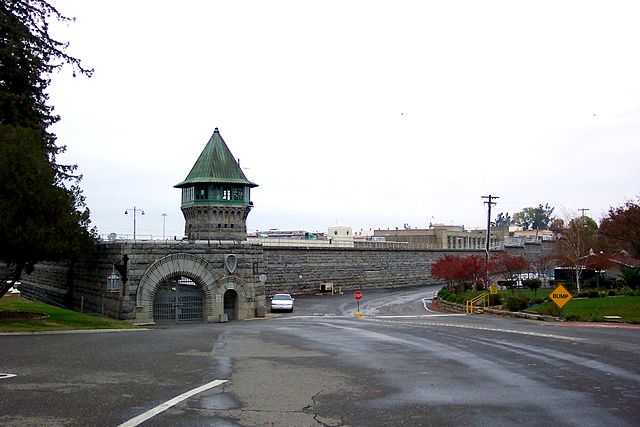“Native speakers 920 million (2017) “Mandarin is by far the largest of the seven or ten Chinese dialect groups, spoken by 70 percent of all Chinese speakers over a large geographical area, stretching from Yunnan in the southwest to Xinjiang in the northwest and Heilongjiang in the northeast. This is generally attributed to the greater ease of travel and communication.
Food
My message to soybean farmers who read Farm Futures
If, for the past forty years, the federal government simply helped soybean farmers by not disrupting world markets, the federal government would have given them the relief now they so badly need.
Let me repeat this so often stated complaint. Our country is badly divided. People hate each other because of whom they voted for President, their religion, their view on the Second Amendment or most significantly because they routed for Duke as opposed UNC. I understand America’s future must embrace our farmers in the same way I embrace my children and my granddaughter. Our farmers and the land they till should be embraced!
CNN Correspondent Arwa Damon (fluent in Arabic) breaks your heart in today’s report from a new Syrian refugee camp
https://www.nesacenter.org/whats-happening/nesa-news-magazine/nesa-news-spring-2017/inara-arwa-damon
NARA provides life-altering medical care for children from conflict areas who have catastrophic injuries or illnesses and are unable to access treatment due to war.
Rita Jenrette is the only woman with whom I worked who appeared in a nude pictorial Playboy spread
O tempora. O mores. CBS NEWS April 16, 2017, 9:27 AM “If the Michelangelo is a bit scandalous, well, the princess is no stranger to scandal.” ++++ Rita Jenrette’s new take on an old sex scandal: That night on the Capitol steps November 28, 2011 ++++ Several months after I attended an office Christmas party at […]
Up to their Knees in Cranberries: A critical moment in my career
The date of this cranberry career-enhancing newsletter is 1974, but it might be yesterday and tomorrow. In October 1973, I returned East from San Francisco before there was a Silicon Valley. In San Francisco: I wrote television reviews for the Village Voice. I covered the World Series of rodeo for the Saturday Review. Before San […]
Backround: Why the 2014 farm bill makes poor food and social policy: really bad policy
Stream of consciousness: No Choice But to Sell the Russians Grain at the same time as we were mining the Harbor at Haiphong. The war ended in 1976. I heard the news while I was reporting on a hearing before House subcommittee on Oil Seeds and Rice. It came as especially bad news to rice growers. 2014 Food policy update: […]
Cornering the wheat market in fiction and reality
Reconsideration: The Pit by Frank Norris “Norris, who easily grasped the drama of the sales on the floor of the pit, . , .had difficulty comprehending how a man could sell a thousand bushels of wheat when he did not own them,” Franklin Walker writes in the only full-length biography of Frank Norris. The reason […]
North Carolina’s regressive sales tax on house trailers. Take that, poor people!
State could help wealthy more It’s not enough that our state government has cut income taxes on job producers, and eliminated the inheritance tax that for too long burdened the successful, and shifted more of the tax burden onto the moocher class. I admit, the state’s attack on the “less fortunate” seems thorough. (They even […]






